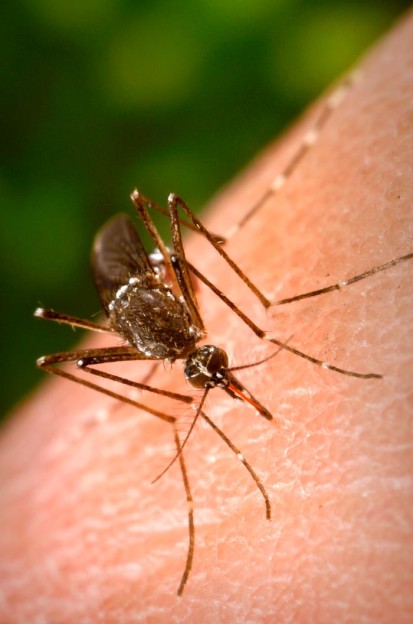By NewsDesk @bactiman63
Colombia officials issued an alert due to the dengue situation since mid-September.

According to Claudia Cuéllar, Deputy Director of Communicable Diseases of the Ministry of Health and Social Protection, currently the departments of Atlántico, Cauca, Casanare, Cesar, Chocó, Córdoba, La Guajira, Magdalena, Nariño, Norte de Santander, San Andrés and the districts of Barranquilla, Buenaventura, Cartagena and Santa Marta report activity above what is expected in the country.
“We have 52 municipalities in an outbreak, according to the data from epidemiological week 43 reported by the National Institute of Health (INS),” said Cuéllar, while emphasizing that intensification work against dengue should be strengthened, especially in disease prevention and control work.
Cuéllar highlighted that, according to the historical dynamics of dengue transmission and the situation observed during the epidemics of the years 2010-2013-2016 and 2019, the increase in cases in the epidemic periods begins in the Caribbean and Insular Region, moving later towards the center-east, center, later towards the Orinoquía and Amazon region, ending in the Colombian Pacific, at a general level.
Cuéllar also indicated that there is a high probability that Colombia will enter a new epidemic cycle later this year or early 2022.
“From the Ministry of Health we make a call to develop actions to prepare and achieve the least possible impact related to the number of cases and deaths from this cause than that achieved by the epidemic periods observed in recent years,” the deputy director stressed.
Cuéllar insisted on the need to make a call to strengthen actions and reduce the impacts generated.
“A call is made to the community taking into account that it plays an important role in the prevention of cases,
Along the same lines, he added that it is important to wash and brush the pools, change the water in vases and pet troughs permanently and cover the water storage containers.
“In the case of mayors and health secretaries, it is important to remember the importance of positioning, attending, implementing and maintaining the promotion, prevention and control strategies oriented from the national level and that have been proposed in the territorial plans and action plans. in Health of the territories, guaranteeing the permanence of professionals, technicians and assistants required for the operation of the programs, carry out the management to attend in a timely manner the regular interventions and especially the control actions in the presence of outbreaks “, he drew attention Cuéllar, making it clear that these teams must be guaranteed at the end of the year and at the beginning of 2022.
On the other hand, for those who move to risk areas, it is advisable to use repellants, following the manufacturer’s instructions, the use of mosquito nets and clothing that covers the largest surface area of the skin.
Finally, the deputy director explained that it is also important to remember that when the disease is suspected, with the presentation of fever, muscle or joint pain, pain behind the eyes or severe headache or skin rash, or some warning signs such as bleeding , intense and continuous stomach pain, accompanied by persistent vomiting and diarrhea, self-medication should be avoided and consultation with your health services so that they can provide you with the required care either at home or in health institutions.
Bolivar, Atlantic and North Santander Departments have reported the most cases. According to the Pan American Health Organization (PAHO), Colombia has reported 35,000 total dengue cases to date, including 36 fatalities.
French Guiana records 5 confirmed measles cases in 2021
Brazil: Suspect ‘Mad cow disease’ cases likely sporadic CJD, Not related to meat consumption
Colombia reports 1st diphtheria case of 2021 in Sucre Department
Trichinosis outbreaks in Buenos Aires and Córdoba

